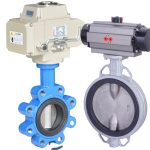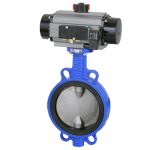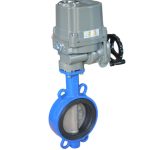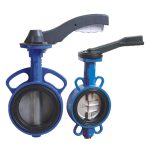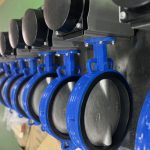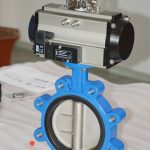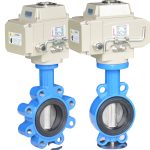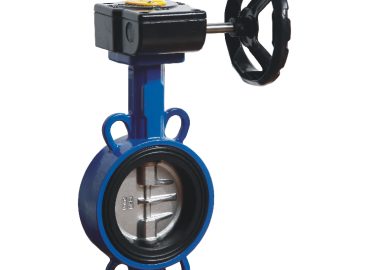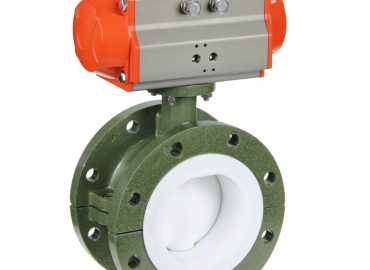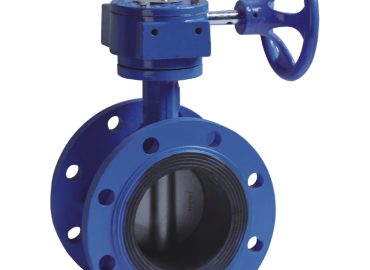Wafer butterfly valve are a popular choice when it comes to controlling fluid flow in a wide range of applications. They offer superior tight-seal capabilities and are lightweight and compact, making them easier to install and maintain than other types of valves. Additionally, wafer butterfly valves provide accurate control over pressure drops and improved system performance at minimal operating costs. However, when selecting the right valve for an application, lugs may also be considered as an alternative option. Exploring the key features, benefits and drawbacks of each type can help you make an informed decision about which one is best suited for your needs.
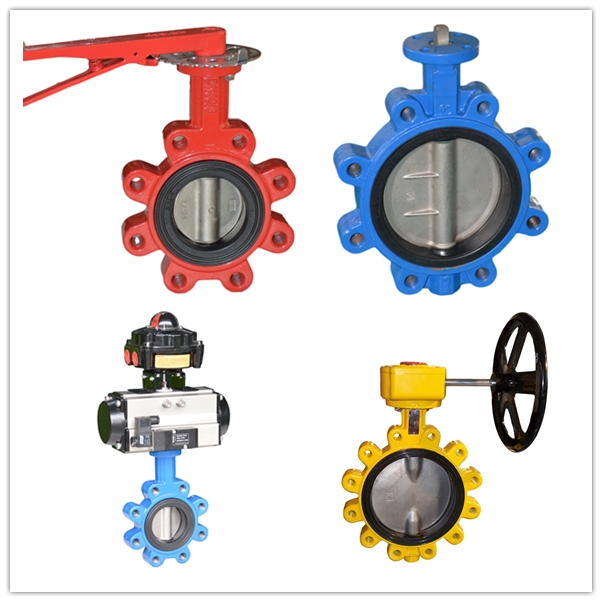
Introduction Wafer Butterfly Valve Lug
If you’re in the market for a lug butterfly valve, then you may be wondering which type is the best choice for your application. While there are several types of flanged butterfly valve on the market today, one of the most popular choices is a wafer butterfly valve. Compared to lug-style butterfly valves, wafer models offer several advantages that make them well-suited for many applications. Firstly, wafer butterflies require less installation space than lug-style butterflies since only one side of the valve needs to be accessible for positioning and potential maintenance work. Secondly, they provide greater flexibility as they can be mounted in both between two flanges or directly on top of a pipe or fitting without having to create additional supports or brackets.
Finally, because of their simple design and fewer moving parts, wafer butterflies often have better flow characteristics than their lug-style counterparts which makes them more efficient overall. Therefore, if you’re in search of a reliable and efficient valve solution that doesn’t take up too much real estate within your system then choosing a wafer butterfly valve should be considered.
Overview of wafer and lug butterfly valves
Wafer and lug butterfly valves are essential components of many piping systems, offering a convenient and effective means of controlling flow. These valves consist of two halves which connect together in the center, allowing for easy installation between two pipes or flanges.
Additionally, they provide excellent tight shut-off characteristics at lower cost and with less weight than other types of valves. In addition, wafer and lug butterfly valves can be easily serviced, as they feature removable top and bottom discs that allow for easy access to the internals. This makes them a popular choice for many commercial applications as well as residential installations.
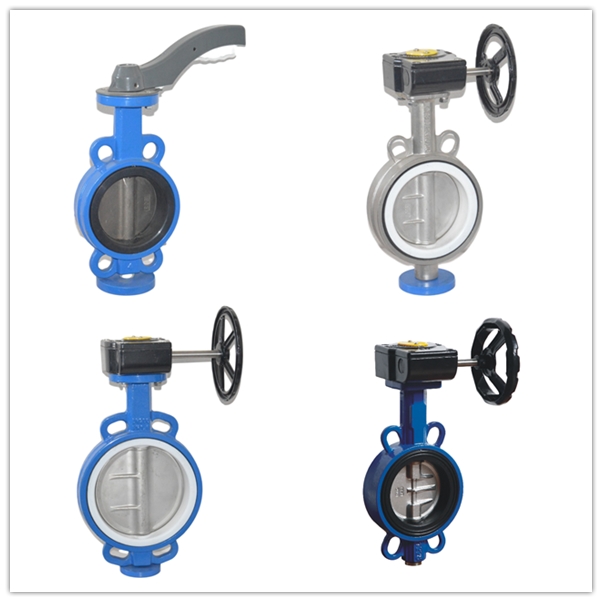
The benefits of using a wafer butterfly valve lug
Wafer butterfly valves offer several distinct advantages over their lug counterparts. Firstly, they are generally easier to install and require less space than a lug-style valve. Secondly, they can be used in a wider range of conditions as they provide greater versatility. Furthermore, wafer butterfly valves can be serviced more easily due to the removable top and bottom discs that allow for easy access to the internals.
Finally, wafer butterfly valves are often more cost-effective than lug-style valves since they have simpler designs and usually require fewer components. All these points make them an ideal choice for a variety of piping applications.
Design Features Wafer Butterfly Valve Lug
There are a number of design features that must be considered when choosing any type of valve, and butterfly valves are no exception. In order for the valve to work properly, it must be able to create a positive seal between its seats and disc, as well as resist the forces of pressure and temperature in an efficient manner. The particular design features that need to be taken into consideration include the material used for the disc, stem, seal and body; the seat angle; flow device style; actuator size; control characteristics.
Furthermore, depending on your specific application additional features such as double eccentricity or soft seat designs may also come into play. All of these design features are important to consider because they will greatly influence the overall performance and lifespan of the valve. Therefore it is essential that both proper materials selection as well as careful review of all available options take place in order to ensure that you get a valve that meets your exact requirements while at the same time maximizing value for your investment.
Exploring the design features of
Wafer and lug valves come in a variety of designs, each offering distinctive features that make them suitable for a variety of applications. Generally, wafer butterfly valves have simple designs, with two discs connected together in the center by a shaft. On the other hand, lug butterfly valves are usually composed of multiple parts which can include discs and sleeves or nuts and bolts. Additionally, wafer butterfly valves usually have longer stems than lug-style valves which allows for higher flow rates with less pressure drop. Furthermore, some models feature the use of rubber or elastomer gaskets for better sealing capability. All these design features contribute to making wafer and lug butterfly valves incredibly versatile components for any piping system.
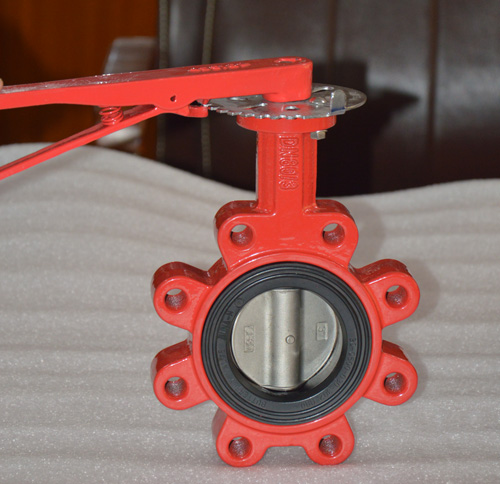
Installation and Maintenance
Installing a butterfly valve requires significant attention to detail in order to ensure that the valve is properly fitted and that it can meet all your requirements. It is important for the technician installing the valve to be properly trained, as failure to follow all safety regulations and manufacturer recommendations could result in an unsafe or inefficient operation.
Additionally, proper maintenance of the valve should be done on a regular basis in order to keep it in prime condition and maximize its lifespan. This includes checking for signs of wear such as leaks or cracks, ensuring that the actuator is operating correctly, lubricating any moving parts and inspecting all seals for signs of damage. Taking these steps will help you get the most out of your valve and ensure that it continues providing quality performance over its full life cycle.
Quality Assurance Standards
Quality assurance is an essential part of the valve manufacturing process, particularly when it comes to butterfly valves. In order for a valve to provide reliable performance it must meet stringent standards of quality and safety defined by international bodies such as the American Society of Mechanical Engineers (ASME). This includes using only quality materials that have been properly inspected and certified, as well as performing rigorous testing on each unit prior to shipment.
Additionally, proper quality control practices must be implemented during assembly in order to ensure that all valves are assembled correctly according to manufacturer specifications. All these measures help ensure that the valve you purchase will provide optimal performance for years to come.
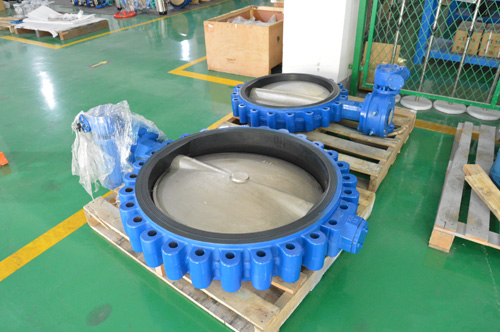
Examining quality assurance standards for both types of valves
Quality assurance standards for wafer and lug butterfly valves must be examined before using them in any application to ensure safety and proper functioning. As a general rule, these valves should be inspected for external damage prior to use. Additionally, testing for internal corrosion and wear is recommended. Furthermore, all parts of the valve should also be checked for any signs of deterioration or defects. It is important to note that all components installed should meet the required specifications, including pressure ratings and temperature limits. Finally, manufacturers should provide documents proving compliance with relevant safety standards in order to guarantee a safe, reliable product.
Conclusion
When it comes to selecting the best type of valve for an application, wafer butterfly valves offer many advantages over lug valves. They are lightweight and offer superior tight-seal capabilities, making them easier to install as well as providing accurate control over pressure drops and improved system performance.
Additionally, they come with industry-standard quality assurance standards that help to ensure that your valve is safe and reliable. However, lugs may be a good option if you need a valve that is easy to install in tightly packed spaces or if you have space limitation concerns. In the end, the decision should be based on careful analysis of the specific requirements of your application and exploring both options before completing your purchase.


